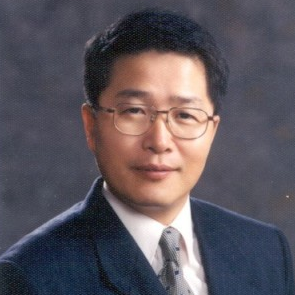Bioactive Phytochemicals for Cancer Prevention and Treatment II
A special issue of International Journal of Molecular Sciences (ISSN 1422-0067). This special issue belongs to the section "Molecular Oncology".
Deadline for manuscript submissions: closed (31 December 2020) | Viewed by 53067
Special Issue Editors
Interests: development of phytochemicals for cancer prevention and therapeutics; targeting STAT-3, NF-kB, HER2, MCL-1, AKT/FOXO, GLI1/2, and related signaling pathways with agents such as capsaicin, piperlongumine, penfluridol, isothiocyanates, diindolylmethane, panabinostat, cucurbitacin B, and deguelin in pancreatic, ovarian, breast, melanoma, and brain cancer; drug repurposing
Special Issues, Collections and Topics in MDPI journals
Interests: cancer biology; tumor immunology; inflammation; angiogenesis; metastasis
Special Issues, Collections and Topics in MDPI journals
Special Issue Information
Dear Colleagues,
Plants have been an important source of bioactive phytochemicals since historic times. Phytochemicals are synthesized by plants as their defensive mechanisms. Several epidemiological studies indicate an inverse correlation between the intake of specific plant foods and cancer incidence. Thousands of phytochemicals have been identified to date, but only a few have been explored in depth for their beneficial roles. Phytochemicals available from dietary plant sources can be classified based on their chemical structures. For example, isothiocyanates, indoles, carotenoids, flavonoids, isoflavones, and terpenoids are some of the major classes studied for their anticancer effects. Phytochemicals are considered to be advantageous over the current chemotherapeutic options available. This is because cancer etiology involves multiple mechanisms, and phytochemicals, being pleiotropic, can counter more procarcinogenic mechanisms. Moreover, being a component of dietary plants, phytochemicals are also relatively nontoxic and generally have broader safety windows. Combination therapy is evitable in clinical practice. Several phytochemicals have been shown to enhance the effects of chemotherapeutic drugs. This Special Issue has been envisaged to document studies on well-known phytochemicals and their role in cancer prevention. The articles in this issue come from eminent researchers in the field of cancer chemoprevention from all around the world. This Issue will be beneficial to all the basic, clinical, and applied researchers and physicians interested in cancer chemoprevention and chemotherapeutics.
Prof. Sanjay K. Srivastava
Prof. Dr. Sung-Hoon Kim
Guest Editors
Manuscript Submission Information
Manuscripts should be submitted online at www.mdpi.com by registering and logging in to this website. Once you are registered, click here to go to the submission form. Manuscripts can be submitted until the deadline. All submissions that pass pre-check are peer-reviewed. Accepted papers will be published continuously in the journal (as soon as accepted) and will be listed together on the special issue website. Research articles, review articles as well as short communications are invited. For planned papers, a title and short abstract (about 100 words) can be sent to the Editorial Office for announcement on this website.
Submitted manuscripts should not have been published previously, nor be under consideration for publication elsewhere (except conference proceedings papers). All manuscripts are thoroughly refereed through a single-blind peer-review process. A guide for authors and other relevant information for submission of manuscripts is available on the Instructions for Authors page. International Journal of Molecular Sciences is an international peer-reviewed open access semimonthly journal published by MDPI.
Please visit the Instructions for Authors page before submitting a manuscript. There is an Article Processing Charge (APC) for publication in this open access journal. For details about the APC please see here. Submitted papers should be well formatted and use good English. Authors may use MDPI's English editing service prior to publication or during author revisions.
Keywords
- Cancer
- Chemoprevention
- Phytochemicals
- Dietary agents
- Functional foods
- Bioactive agents
- Anticancer
- Molecular mechanism
- Signaling mechanism
- Cell cycle
- Apoptosis
- Combination therapy
- Therapeutics







